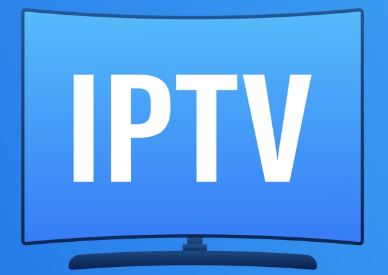Understanding IPTV: A Comprehensive Guide to How it Works

Introduction:
IPTV, or Internet Protocol Television, is a revolutionary technology that has transformed the way we consume television content. In this comprehensive guide, we will delve into the intricacies of IPTV, exploring its definition, functionality, and impact on the media landscape.

What is IPTV?
IPTV refers to the delivery of television content over the Internet Protocol (IP) network infrastructure. Unlike traditional television broadcasting methods, which rely on satellite or cable connections, IPTV leverages the power of the internet to deliver media content directly to viewers’ devices.
How Does IPTV Work?
At its core, IPTV operates by transmitting television signals over an internet connection. This process involves encoding television programs into IP packets and then transmitting them over a broadband connection. These packets are then received by a set-top box, smart TV, or other compatible devices, where they are decoded and displayed on the screen.

Key Components of IPTV:
- Content Delivery Network (CDN): CDNs play a crucial role in IPTV by distributing media content efficiently to viewers across the globe. They ensure smooth streaming experiences by reducing latency and optimizing bandwidth usage.
- Middleware: Middleware serves as the bridge between the IPTV service provider and the end-user device. It facilitates various functionalities such as user authentication, content navigation, and interactive features.
- Set-Top Box (STB) or IPTV Receiver: The STB acts as the interface between the user’s television set and the IPTV service. It decodes the incoming IP packets and converts them into a format that can be displayed on the screen.
Advantages of IPTV:
- On-Demand Content: IPTV allows users to access a vast library of on-demand content, including movies, TV shows, and live events.
- Interactive Features: IPTV offers interactive features such as video-on-demand, time-shifted viewing, and interactive gaming, enhancing the viewing experience.
- Multi-Device Compatibility: IPTV services can be accessed on a variety of devices, including smart TVs, smartphones, tablets, and computers, providing flexibility and convenience to users.

Challenges and Considerations:
- Bandwidth Requirements: High-definition IPTV streams require significant bandwidth, which may pose challenges for users with limited internet connectivity.
- Content Licensing: IPTV providers must navigate complex content licensing agreements to ensure the legality of the content they offer.
- Security Concerns: As IPTV relies on internet connectivity, it may be vulnerable to security threats such as piracy and unauthorized access.
Conclusion:
In conclusion, IPTV represents a revolutionary advancement in the world of television broadcasting, offering viewers unparalleled flexibility, interactivity, and convenience. By understanding the underlying principles of IPTV and its key components, users can make informed decisions about adopting this technology.



0 Comments